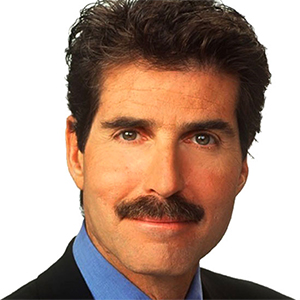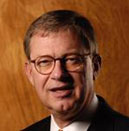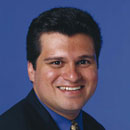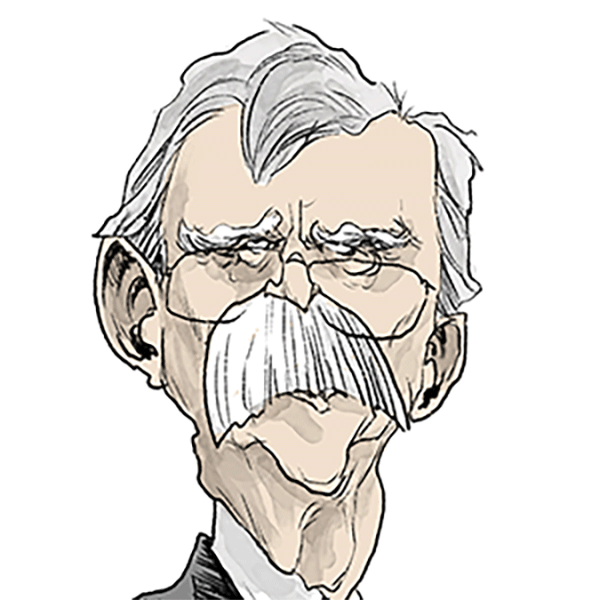Commentary: A world designed for men hits a wrong note
Published in Op Eds
Recently, a flute maker sent me a new instrument he had developed. As a professional flute soloist with over 20 flutes in my collection, I was excited to try it. But when it arrived, my fingers barely covered the holes. They were large, and set so far apart that the required hand stretch caused pain. When I expressed my disappointment, the maker casually replied, “Oh! I’ll send you a woman’s model.” I was taken aback. Why would I need a woman’s flute?
Like my string-playing peers who frown at the terms “ladies’ violin” and “ladies’ cello” to describe 7/8th size instruments, I was turned off by the idea that as a woman I would need something different from the standard. But for hundreds of years it has mostly been men who have tinkered with instruments, trying to improve their sound, comfort and musicality using their own bodies as the metric. History’s famous instrument makers like Stradivarius, Guarneri, Hotteterre, Steinway and Boehm were all men designing primarily for men.
For instruments like the flute, the ergonomics of a woman’s body were rarely considered, and in many cases women were discouraged from playing at all. The flute was seen as inappropriate for women to play due to its phallic shape and the fact that playing distorted the face. (An anonymous male writer in 1892 lamented that “a lovely woman inevitably ceases to be lovely when she tackles a wind instrument.”)
In the case of the cello, for centuries women played side-saddle rather than straddle it as men did (which was considered unladylike). This required balancing it on top of gown-covered thighs (originally without an endpin), which, needless to say, made playing difficult. Even now that women hold the cello the same way men do, it doesn’t always sit right. In online forums women commiserate about the challenges and discomfort of playing the cello with breasts that get in the way. Studies show young female musicians are more likely than their male counterparts to experience pain across a range of instruments, with reported pain increasing as they age and their bodies develop. An analysis of 12 different studies of adult musicians reached similar conclusions.
Of course, musical instruments are just one part of our lived environment developed with only half the world in mind. From running shoes to PPE to surgical equipment, so much is designed for men. Many women carry around winter sweaters in summer to combat frigid air conditioning in office buildings that still set their thermostats based on a 1960’s study of the “average” body— a 40-year-old, 155-pound man (of 1,300 study participants, not one was a woman).
Gender bias in design can have much more devastating consequences than needing a sweater or a different flute. Despite safer driving practices, women are 71 percent more likely than men to be injured in an automobile accident. Only in 2011 was a female crash dummy introduced; over a decade later, the NHSTA's New Car Assessment Program Safety Rating still does not require a female dummy in the driver’s seat during crash tests.
The medical field is also stacked against women. It wasn’t until 1993, 11 years after the term “AIDS” was defined, that female-specific illnesses like cervical cancer were included in the disease definition. And despite heart disease being the leading cause of death for both men and women in the United States, it wasn't until 1999 that the health industry recognized that women experience different symptoms from men. Clinical trials today still have severe gender imbalance, with women of color the most overlooked.
It’s hard to change design built into our world, but it’s not impossible. We can use technology and know-how to better accommodate different shapes, sizes and needs. In the 1950s the Air Force measured 4,063 pilots to better understand mysteriously high crash rates and found that not a single pilot fit the “average size” the cockpits were built for. After a redesign with adjustable cockpit seats, crash rates dropped by 81 percent
As it happens, a rarely mentioned 18th-century female flute maker, Barbe Naust, created an adjustable flute that made the instrument easier and more comfortable for everyone and allowed future makers to continue to tinker. The flute I started on at age 6 had a curved metal tube to make the reach achievable for a child. When I graduated to a professional flute at 12, I found an instrument with a special adjustment to help my right pinky finger’s hyperextension.
There are solutions out there, and we need to normalize and give access to them, and not by simply labeling them as being for “ladies." Success stories from female-led companies like Canva, Bumble, Tala and Guild show us that rather than adopting a “ shrink it and pink it” attitude, we can all benefit from products born out of a multitude of viewpoints and needs. This is especially crucial as we risk inadvertently embedding sexist and racist bias into artificial intelligence models.
It also makes sense financially. With women representing up to 80 percent of household consumption decisions, companies are missing out by not valuing their needs.
Imagine a future where our cities, homes and public spaces are as diverse and adaptable as the people who inhabit them, where products, medicines and policies are created with everyone in mind from the start — not just retrofitted for diversity as an afterthought. Let's focus on making sure all of us have the ability to adjust our cars, our air conditioning and, yes, our flutes to fit our individual needs. (While I frowned at the idea of a woman's flute, I love the idea of a custom flute built for my body.) It's time to change the tune on gender bias — one flute, one thermostat and one design choice at a time.
____
Ferguson is the music director for Camerata Pacifica Baroque, a 2023 Avery Fisher career grantee and a public voices fellow with The OpEd Project.
©2024 The Fulcrum. Visit at thefulcrum.us. Distributed by Tribune Content Agency, LLC.




























































Comments